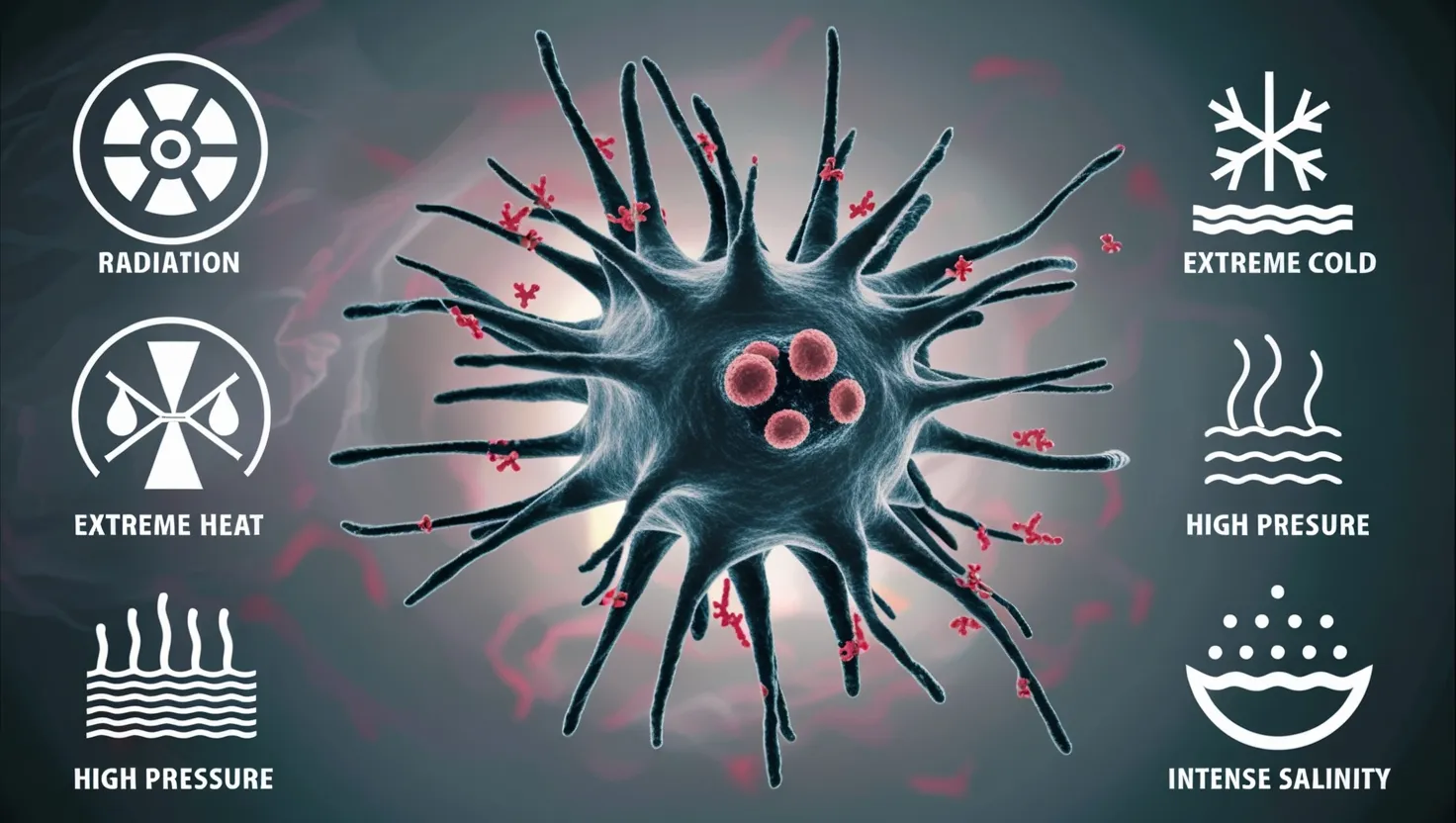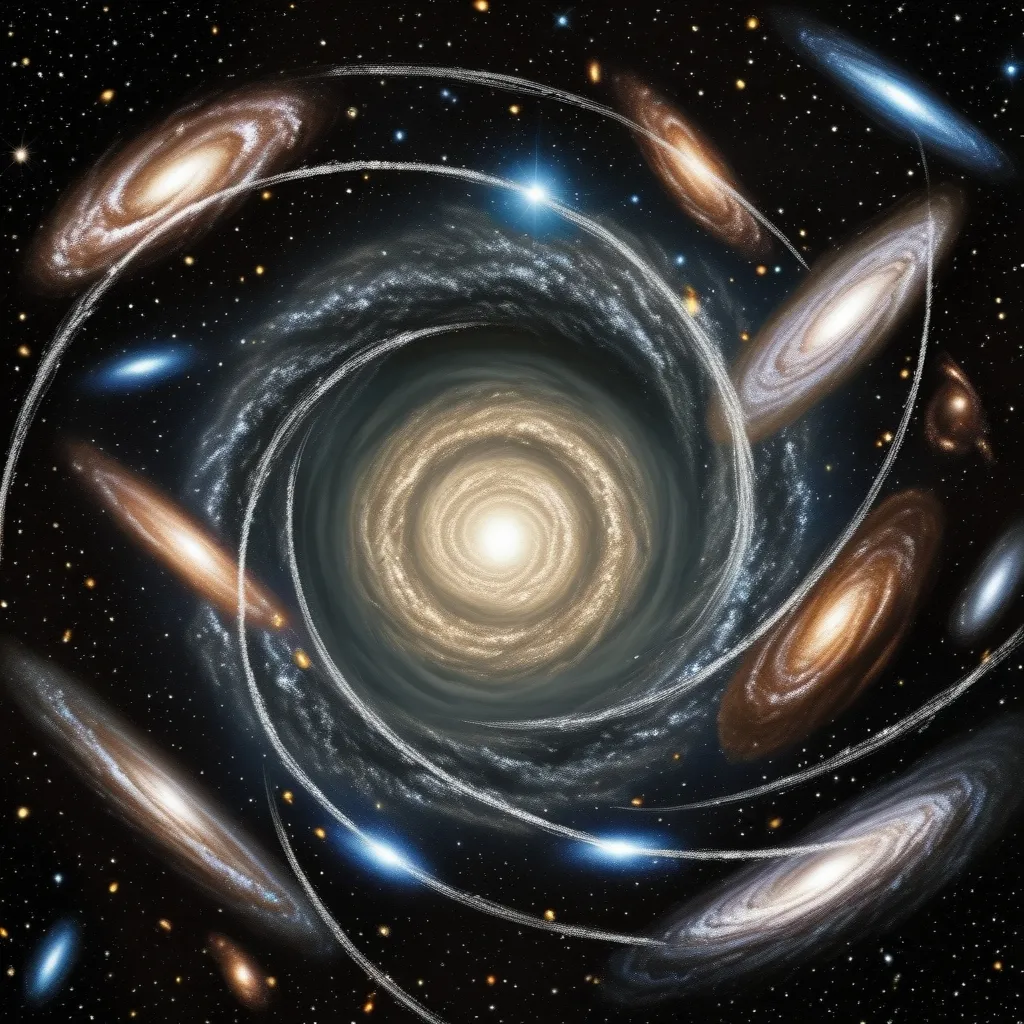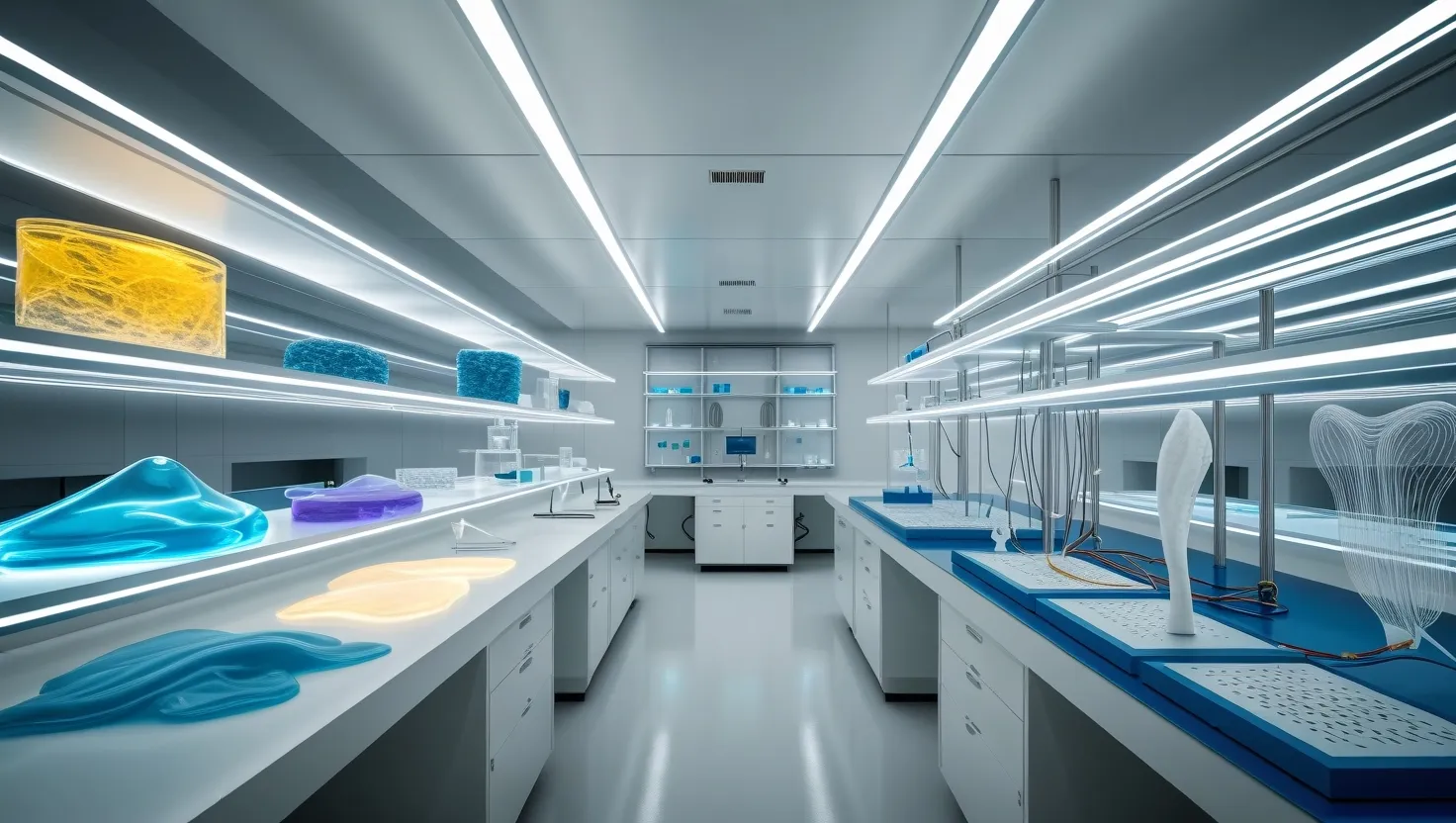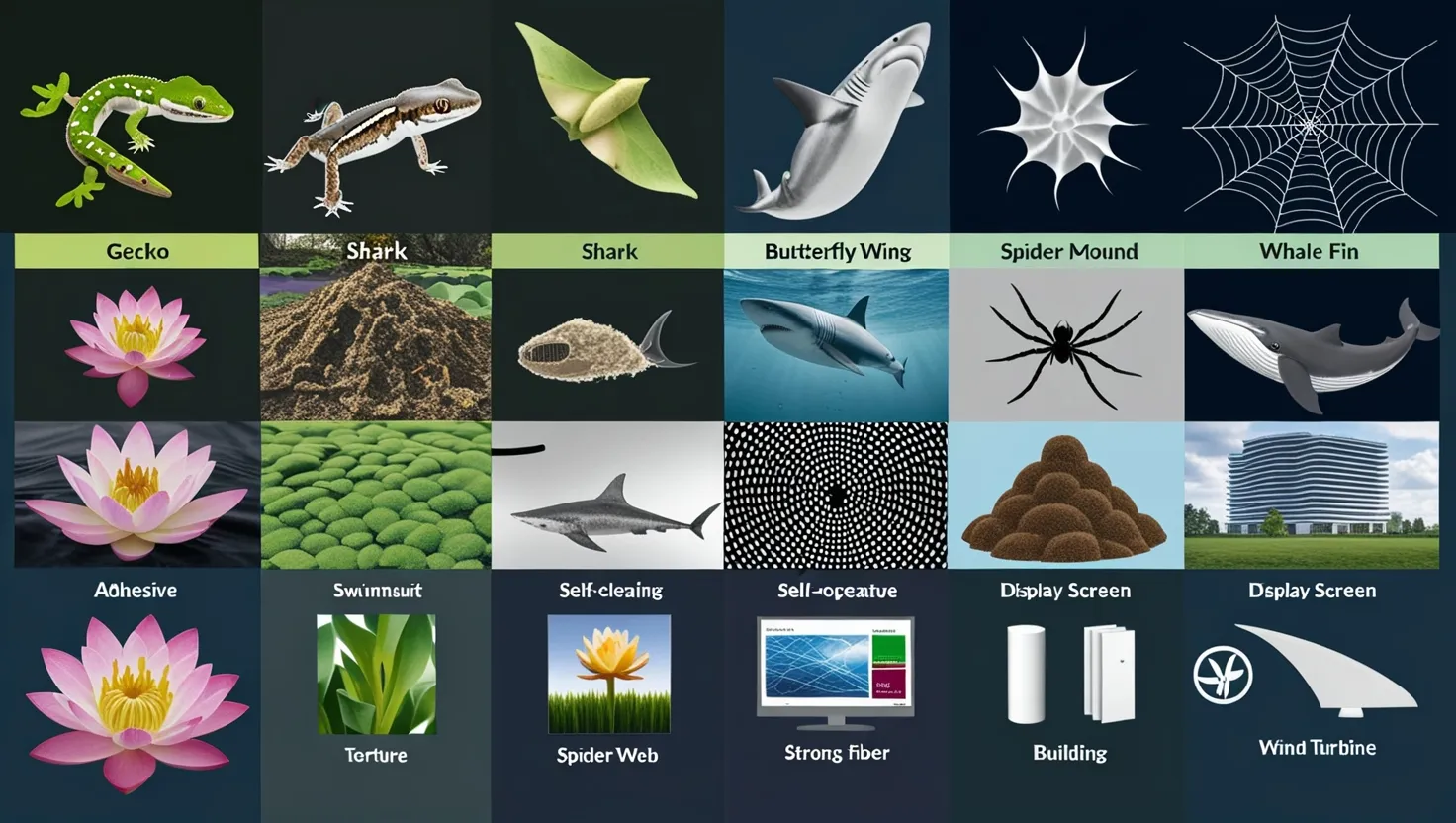In the vast and varied tapestry of life, there exist organisms that defy the conventional boundaries of survival. These biological extremophiles are the ultimate survivors, thriving in environments that would be lethal to most other living beings. Let’s delve into the fascinating world of these resilient creatures and explore what makes them so astonishing.
The Cosmic Wanderers: Tardigrades
Imagine an organism so resilient that it can survive the harsh vacuum of space, temperatures that drop to just above absolute zero, and radiation levels that would be catastrophic for any other living being. Meet the tardigrades, affectionately known as water bears or moss piglets. These tiny, eight-legged creatures are the epitome of endurance.
“Tardigrades are the only animals known to survive the extreme conditions of outer space,” a fact that has captivated scientists and the general public alike. But what makes them so tough? As they dry out, their cells produce unique proteins that self-assemble into fibers, acting like Styrofoam packing peanuts to support their cell membranes and proteins. This adaptation prevents their cells from breaking or unfolding, a strategy that could one day be emulated to protect human cells from similar damage.
The Radiation Warriors: Deinococcus radiodurans
In a world where radiation is a constant threat, there exists a bacterium that laughs in the face of such danger. Deinococcus radiodurans, often referred to as “Conan the Bacterium,” is one of the most radioresistant organisms known. It can withstand doses of radiation that would kill most other living things, including cold, dehydration, vacuum, and acid.
“How does it do this?” you might ask. The secret lies in its ability to repair DNA damage efficiently. When exposed to UV radiation, Deinococcus radiodurans can repair its DNA with the same efficiency as it repairs its own cellular DNA. This remarkable ability makes it a polyextremophile, capable of surviving in multiple extreme environments.
The Volcanic Thrivers: Thermophiles
Deep within the volcanic vents of our planet, where temperatures soar and chemicals are toxic, there live organisms known as thermophiles. These heat-loving microbes thrive in conditions that would melt most other life forms. One such thermophile, Thermus brockianus, found in Yellowstone National Park, produces a catalase enzyme that breaks down hydrogen peroxide into oxygen and water. This enzyme operates over a wide temperature and pH range, making it incredibly stable and useful in industrial processes.
As the renowned microbiologist, Carl Woese, once said, “The discovery of thermophiles has expanded our view of the range of conditions under which life can exist.” These organisms not only survive but thrive in environments that were once thought to be inhospitable.
The Rock Dwellers: Cryptoendoliths
Imagine living inside a rock, where the only light is the faint glow of chemical reactions and the only air is the thin layer of moisture trapped within the stone’s pores. This is the world of cryptoendoliths, organisms that inhabit the interior of rocks in some of the most inhospitable places on Earth.
Cryptoendoliths are found in environments such as the Antarctic and Arctic regions, where the exterior is too harsh for most life forms. These microbes have adapted to live within the rock’s matrix, using the rock’s minerals for energy and surviving on the limited resources available. Their existence challenges our traditional view of habitability and opens up new possibilities for life on other planets.
The Salt Lovers: Halophiles
In the hypersaline environments of places like the Dead Sea, where the salt concentration is ten times higher than in regular seawater, there exist organisms known as halophiles. These salt-tolerant microbes have evolved to thrive in conditions that would be toxic to most other life forms.
Halophiles, such as Halobacterium volcanii, have specialized mechanisms to maintain the balance of salts within their cells. They produce high concentrations of salts to match the external environment, allowing them to survive and even flourish in these extreme conditions. This adaptation is a testament to the versatility of life and its ability to thrive in almost any environment.
The Cold Warriors: Psychrophiles
In the icy landscapes of the Arctic and Antarctic, where temperatures drop below freezing and the environment is harsh and unforgiving, there live organisms known as psychrophiles. These cold-loving microbes have adapted to grow and thrive in subzero temperatures, where most other life forms would freeze and die.
Psychrophiles have enzymes that remain active at low temperatures, allowing them to metabolize and grow in conditions that would slow down or halt the metabolic processes of other organisms. Their existence in these cold environments highlights the incredible diversity of life and its ability to adapt to even the most extreme conditions.
The Pressure Resistant: Piezophiles
At the deepest parts of our oceans, where the pressure is so high that it would crush most living things, there exist organisms known as piezophiles. These pressure-resistant microbes have adapted to live in environments where the weight of the water above is immense.
Piezophiles, found in deep-sea trenches and hydrothermal vents, have specialized cell membranes and proteins that allow them to withstand the crushing pressure. Their ability to survive in these extreme conditions expands our understanding of the limits of life and raises questions about the potential for life in similar environments elsewhere in the universe.
As we explore these astonishing examples of biological extremophiles, we are reminded of the incredible resilience and adaptability of life. These organisms challenge our understanding of what it means to be alive and push the boundaries of what we consider habitable.
In the words of astrobiologist, Lynn Rothschild, “The existence of extremophiles on Earth suggests that life can thrive in a wide range of environments, increasing the likelihood of finding life elsewhere in the universe.”
So, the next time you hear someone say that a particular environment is inhospitable to life, remember the tardigrades, Deinococcus radiodurans, thermophiles, cryptoendoliths, halophiles, psychrophiles, and piezophiles. These biological extremophiles are living proof that life can thrive in even the most extreme conditions, and they inspire us to continue exploring and understanding the vast and wondrous world of life.






